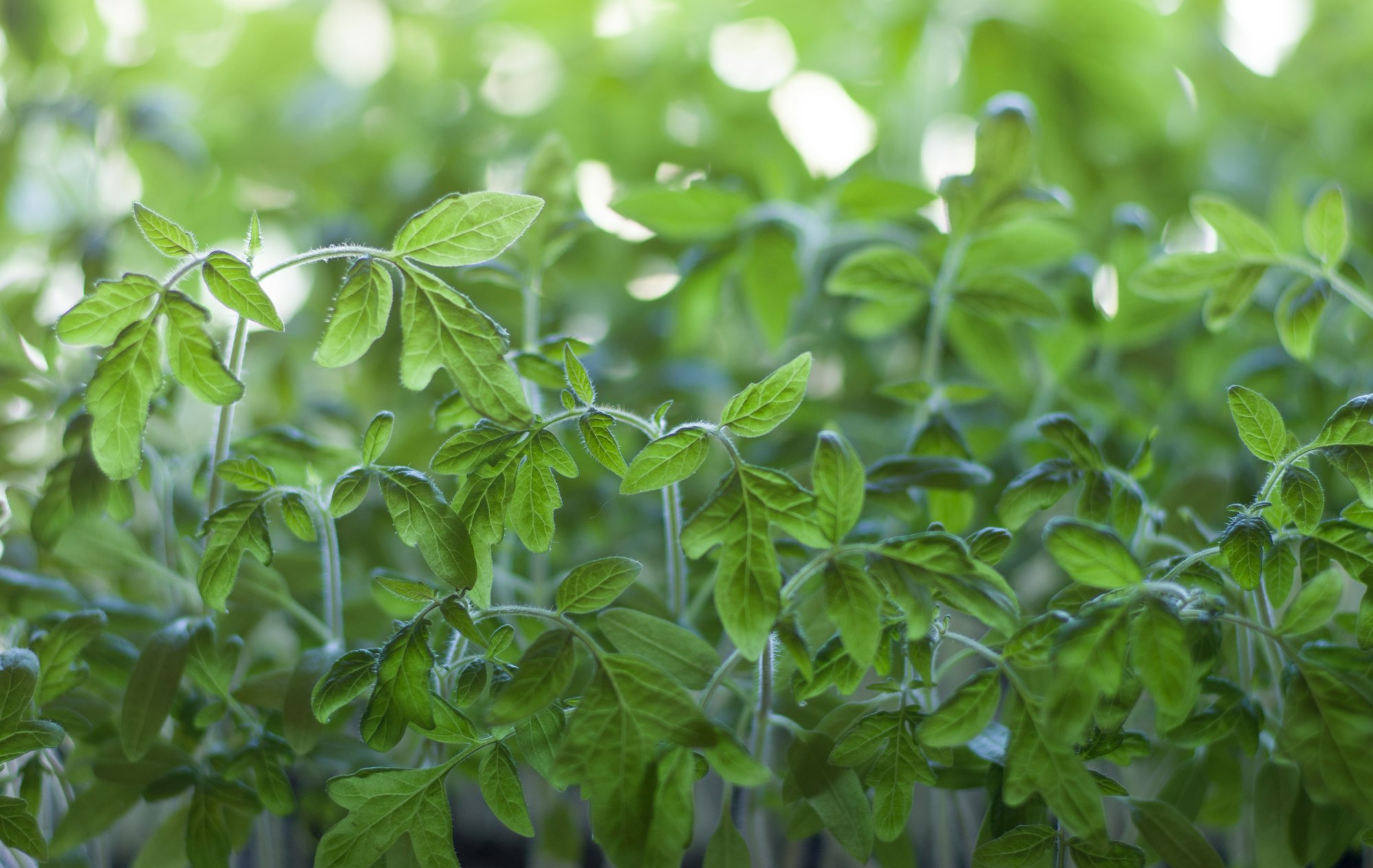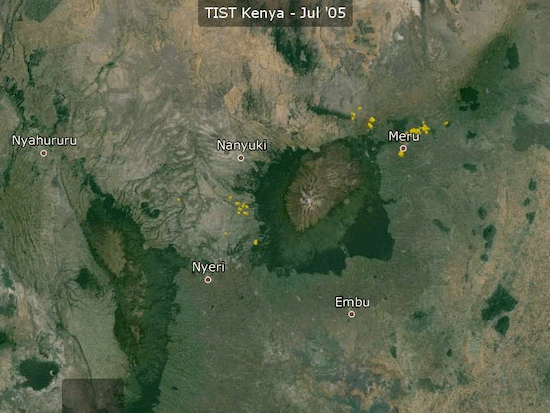Thousands of farmers behind big environmental impact
The organization behind our Community Tree Planting project, "TIST", has operated for over 20 years in East Africa, teaching conservation farming and tree planting best practices to 75,000 subsistence farmers.

For more updates like this one, follow Wren on Twitter and Instagram.
The organization behind our Community Tree Planting project, "TIST", has operated for over 20 years in East Africa, teaching conservation farming and tree planting best practices to 75,000 subsistence farmers. The genius of TIST is in their groups—groups of friends or family who agree to work with TIST and grow their trees together. The group motivates one another to take care of their trees and to learn more about agroforestry (the practice of growing trees on farmland) by going to bigger TIST "cluster" meetings.
And it's working—18 million trees are growing in thousands of groves right now. This gif shows how TIST groves have blossomed around Mount Kenya over the past ~15 years. Each dot is a small grove:

Fruit, medicine, and carbon
Natukunda, one of TIST's quantifiers—trained individuals who measure the growth and health of TIST's groves, wrote about how the trees they plant can be medicinal. Lemons have medicinal use in Kenya for treating a cough or flu. This is a great example of co-benefits—the farmer benefits from growing a lemon tree to have access to the fruit and leaves, and also benefit by being paid for sequestering carbon. Other co-benefits of these groves is ample shade, edible nuts and seeds, and natural windbreaks.
Mt. Kenya melting: the frontlines for Community Tree Planting farmers
In this month's TIST Kenya newsletter, the authors wrote about melting glaciers on Mt. Kenya, unpredictable weather patterns, and water springs drying in a piece about climate change. TIST farmers are on the front lines of climate change. They have skin in the game fighting climate change, not just because they are being paid to sequester carbon in trees they grow, but also because they see how their home is changing. What will they do about it? "Plant and care for trees!"
- The Wren Team
Mimi, Landon, and Ben

